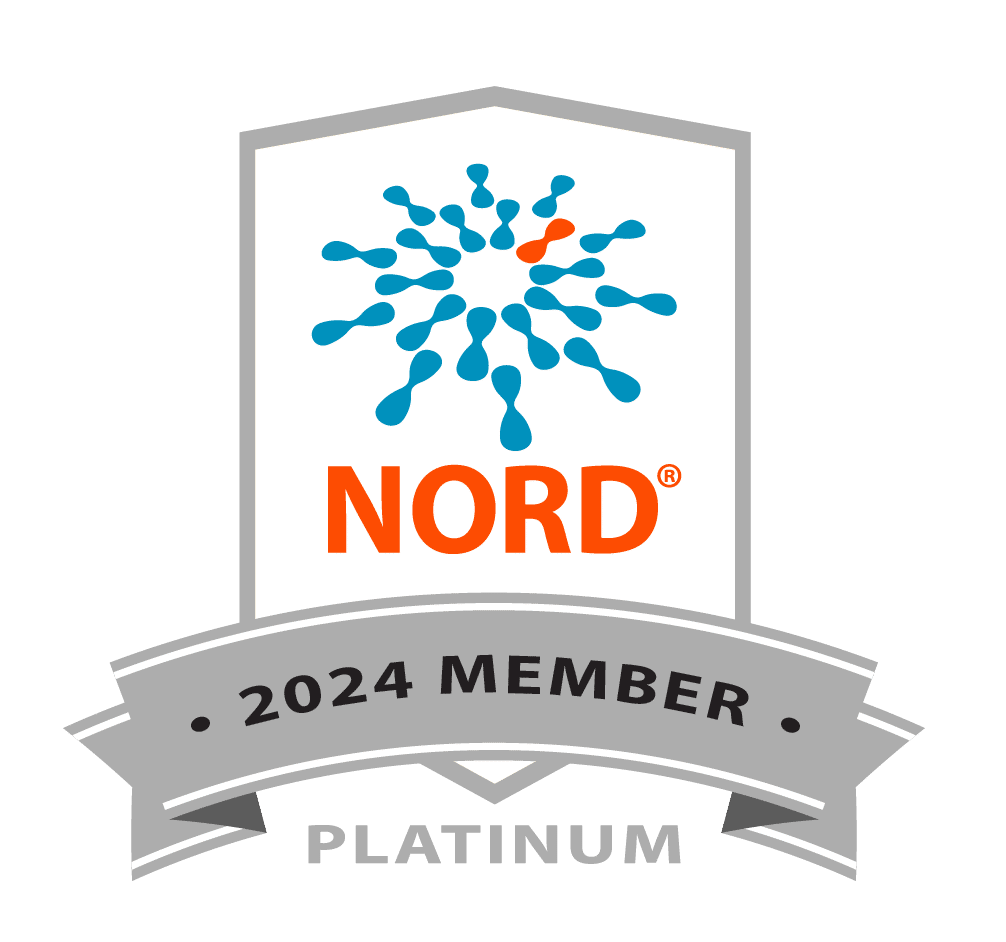Noonan syndrome with multiple lentigines (NSML)
formerly LEOPARD syndrome
[prevalence unknown]
Noonan syndrome with multiple lentigines (NSML) is a condition in which the cardinal features consist of lentigines, hypertrophic cardiomyopathy, short stature, pectus deformity, and dysmorphic facial features, including widely spaced eyes and ptosis. Multiple lentigines present as dispersed flat, black-brown macules, mostly on the face, neck and upper part of the trunk with sparing of the mucosa. In general, lentigines do not appear until age four to five years but then increase to the thousands by puberty. Some individuals with NSML do not exhibit lentigines. Approximately 85% of affected individuals have heart defects, including hypertrophic cardiomyopathy (HCM) (typically appearing during infancy and sometimes progressive) and pulmonary valve stenosis. Postnatal growth retardation resulting in short stature occurs in fewer than 50% of affected persons, although most affected individuals have a height that is less than the 25th percentile for age. Sensorineural hearing deficits, present in approximately 20%, are poorly characterized. Intellectual disability, typically mild, is observed in approximately 30% of persons with NSML.
[Gelb BD and Tartaglia M, GeneReviews for Noonan Syndrome with Multiple Lentigines, 2015]
External Website Links:




